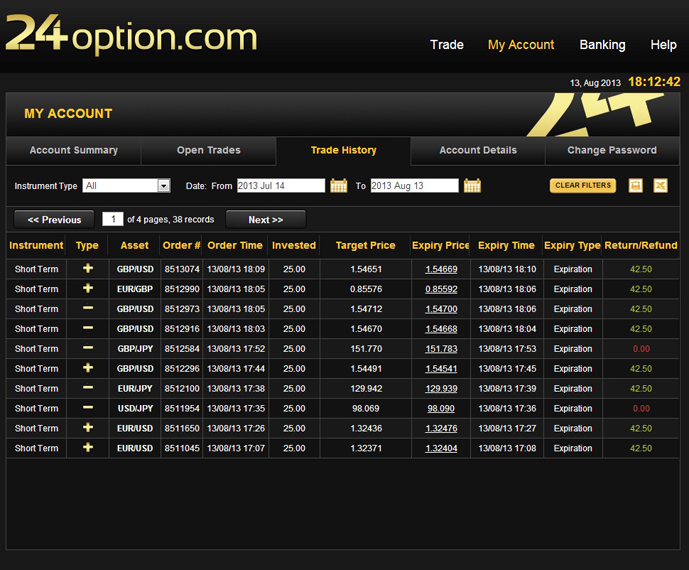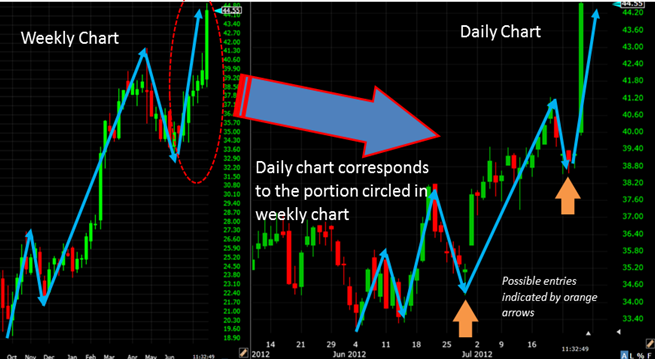What you need to know about trading the crossrates
Post on: 4 Июль, 2015 No Comment

Perhaps the most elementary fact in forex trading is that all currencies are traded against each other in currency pairs. All major currency pairs include the US dollar as the base currency or quote currency (counter currency), while the currency pair without the US dollar, commonly referred to as currency cross rates or a simple cross.
Base currency — currency that is bought or sold; ranks first in the currency pair. Quote currency — the currency for which to buy or sell the base currency; ranks second in the currency pair.
For example, in the cross-rate EUR / AUD base currency is the euro, which is bought or sold for Australian dollars, that is the quote currency.
Currency crosses
Commonly referred to as the main currency pairs with the US dollar. Crosses all currency pairs are presented without the US dollar. Although a pair of motocross and concede major pairs liquidity, they can provide forex traders opportunities.
Most important currency cross rates has its interbank brokers or market participants; crosses are divided into major and minor. Major cross presented in the following currency pairs:
EUR / CHF — Swiss franc against the euro
EUR / GBP — Euro against the pound sterling
EUR / JPY — Japanese yen against the euro
GBP / EUR — Pound Sterling against the Japanese yen
Secondary crosses are less active, and usually they do not have market participants and dealers in the interbank foreign exchange market. Despite the lower liquidity and wider spreads, secondary crosses usually longer follow the trend (trend), providing long-term traders a great opportunity.
Secondary crosses:
AUD / CHF — Australian dollar against the Swiss franc
AUD / JPY — Australian dollar against the Japanese yen
CAD / CHF — Canadian dollar against the Swiss franc
CAD / JPY — Canadian dollar against the Japanese yen
CHF / JPY — Swiss Franc against the Japanese yen
EUR / AUD — Euro against the Australian dollar
EUR / CAD — Canadian dollar against the euro
EUR / NZD — New Zealand dollar against the euro

GBP / AUD — Pound against the Australian dollar
GBP / CAD — pound sterling against the Canadian dollar
GBP / CHF — pound against the Swiss franc
GBP / NZD — New Zealand pound sterling against the dollar
NZD / CHF — New Zealand dollar against the Swiss franc
NZD / JPY — New Zealand dollar against the Japanese yen
Pros and cons of trade on cross-rates
In trading on the cross-rates should be noted that a pair of motocross usually move in a more pronounced and discernable trends than the major currency pairs.
Due to the nature of cross-trending trader can take a position longer are more likely to succeed than in major trading pairs.
However, due to the characteristics calculation of trend nature and lower liquidity cross-rates, dealers and market participants significantly increase their spreads. This immediately raises short-term crossover trader at a disadvantage.
But even paying a wider spread, long-term trader, to take a position on the cross-rate with the right side of the trend to remain in profit.














